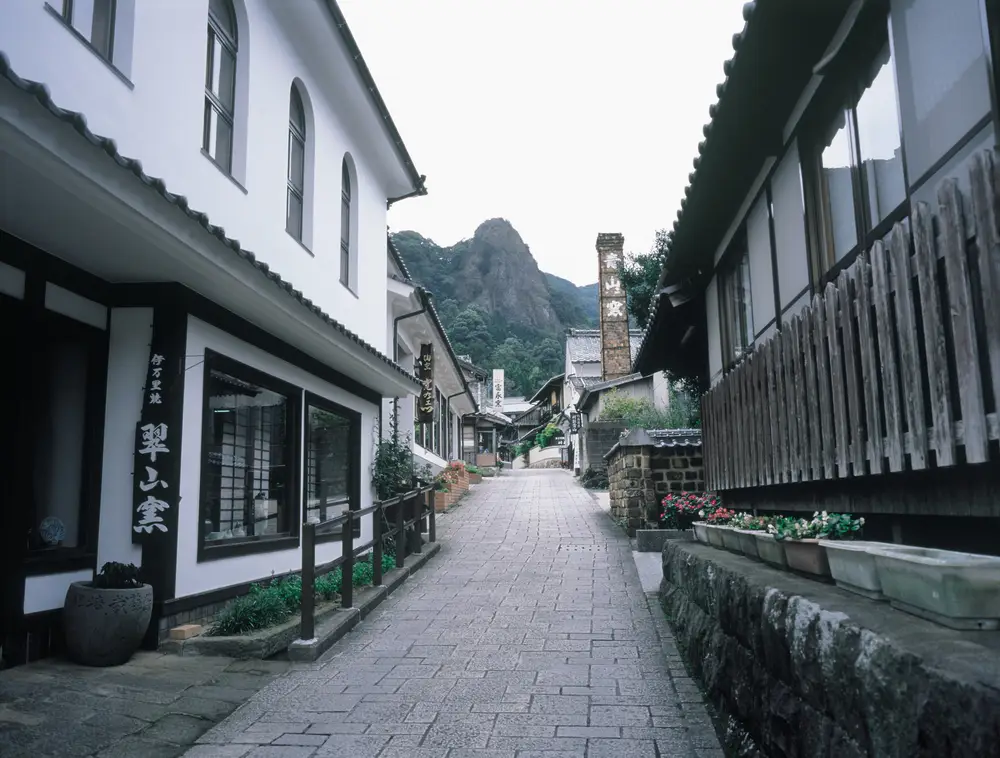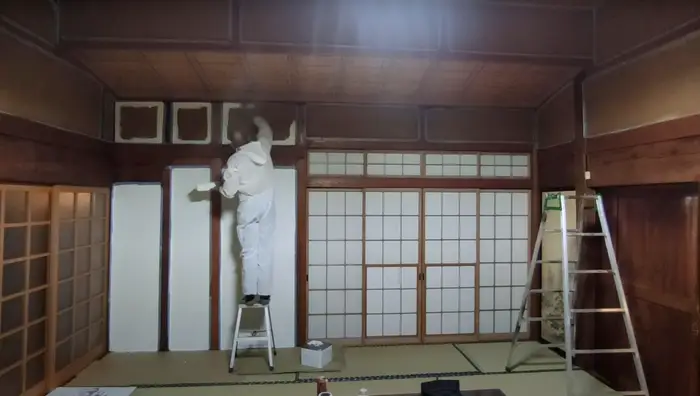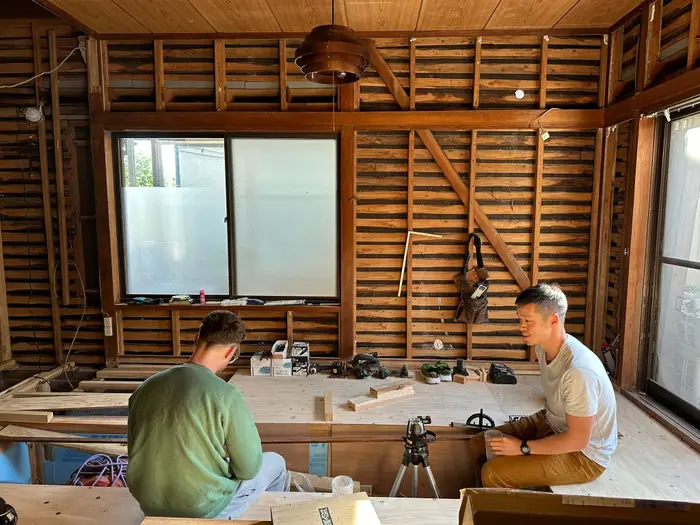
- More than 8.5 million abandoned homes in rural Japan are creating a “ghost town” problem.
- A push into the city and population decline are two reasons these homes sit empty.
- Locals see them as a burden, while foreigners view them as an opportunity to own property cheaply.
Japan has millions of abandoned rural houses for sale.
The glut delights foreigners who’ve been able to buy one for as little as $23,000. But underlying the surplus are meaningful shifts in Japan’s culture. Demographic and economic patterns — including a shrinking population and migration from the countryside to cities — are combining to create a “ghost town” problem in Japan.
There are more than 8.5 million akiya, or abandoned homes, in rural Japan, according to the country’s 2018 Housing and Land Survey, its most recent on record. By some counts, there are many more. The Nomura Research Institute, or NRI, pegs the number closer to 11 million. The institute predicts akiya could exceed 30% of homes in Japan by 2033.
For foreigners looking for a change of scenery, akiya are an opportunity to be a homeowner abroad on the cheap. Some foreigners have even turned to akiya to enrich themselves by launching short-term-rental businesses.
Why people are buying them is an easy answer — they’re cheap. But why so many have sat empty for so long is more complicated.
Why are there so many abandoned houses in Japan?
Business Insider’s Singapore bureau reported on Japan’s “ghost town” problem in 2021. At the core of the issue, they found, is that Japan’s population has been steadily migrating into cities for several decades, leaving an increasingly empty countryside behind them.
As Richard Koo, the chief economist at NRI, told them at the time, the Japanese countryside has been hollowing out since the mid-’90s.
There’s also the matter of a shrinking population. Japan’s fertility rate declined for a seventh consecutive year in 2022, falling to 1.26 births per woman from 1.30 births per woman in the previous year.
According to Chris McMorran, an associate professor in the department of Japanese studies at the National University of Singapore, the vacancy issue will only get worse “because the core of the problem is there aren’t enough people to go around in Japan.”
Why aren’t more Japanese people buying abandoned countryside homes?
The Japanese prefer new builds to pre-owned homes, Koo said. Part of this is due to the lack of a strong DIY renovation culture in the country, Douglas Southerland, the senior economist responsible for OECD monitoring of the Japanese economy, told BI at the time.
Structural safety is also a major concern: Many akiya were built before a 1981 Building Standard Law amendment that required better earthquake resistance.
Finally, most young people simply don’t want to live in the countryside, McMorran said. Apart from limited opportunities, the akiya themselves are a huge deterrence.
“The fact that there are so many empty houses is a blight on the landscape, and a further deterrent, because people don’t want to live in a terminal village surrounded by ‘ghost houses,'” McMorran said.
Natasha Durie, a PhD student from the School of Anthropology and Museum Ethnography at Oxford University, is conducting fieldwork in Gifu, Japan.
While she knows of young Japanese people who have bought and renovated akiya, she says most locals still aren’t quite ready to try it out for themselves.
“There is this drive in Japan to have new things, and a lot of these houses aren’t seen as inhabitable or desirable. I think that a lot of people see it as something that other people do and not something that they do, since renovating a house is a lot of effort,” Durie told BI.
Why can’t the Japanese government demolish these homes?
Japan’s property rights laws make it hard for the government to interfere. Before 2015, the government had no right to get akiya owners to manage their homes properly, McMorran said.
It’s also tricky to locate the owners of houses that have been left vacant for a long time.
“It’s an enormous effort to trace down who the house belongs to, so most of the time, the government just gives up,” Koo said. “So the akiya sits there for years with the government unable even to take it down.”
Some foreigners say renovating an akiya is more affordable than buying a home in their own country
For some buyers, like Eric McAskill, who grew up in Vancouver, Canada, the money saved on renovating an akiya instead of buying property in their home country is too good to pass up.
According to the Canadian Real Estate Association, the benchmark price for residential properties in the metro area of Vancouver, Canada was $1,168,700 CAD, or $866,620, in December 2023. McAskill told BI in September 2023 that he purchased a five-bedroom akiya for $23,600 in Nagano Prefecture and has spent $7,400 on renovations with another estimated $7,400 left to spend.

“I’d say that’s on the high end,” he told BI of his renovation. “I could get away with doing it for cheaper because I can do some of the work myself, or I have friends who work in the trades here as well.”
Married couple Jaya Thursfield and his wife, Chihiro, moved from England to Japan and bought a $30,000 akiya in Ibaraki Prefecture in 2019. The two put more money into their renovation than McAskill — about $150,000 — but still view it as a more affordable option than buying a home in London.
Take Kurosawa and Joey Stockermans, who can’t afford homes in their native North America, bought an akiya in a city on Kyushu for $42,000 in June 2023. The friends plan to use it as a vacation residence and a short-term rental.

They also saw a business opportunity and founded Akiyamart, an online listing site to make it easier for foreigners to find one for themselves.
However, the influx of foreign demand has done little to change local perceptions toward akiya, Durie said.
“A lot of the people I speak to are from this area and have grown up here. And I’d say a lot of them don’t even really know about the foreign interest in akiya,” Durie said. “They find that quite surprising.”
1,170 total views, 6 views today
